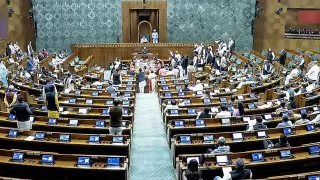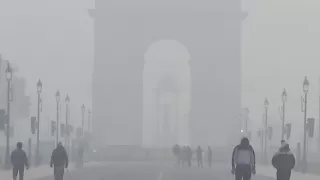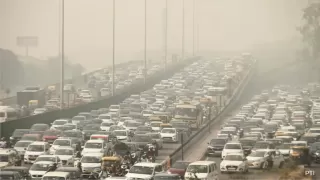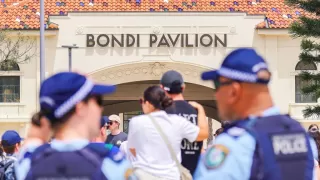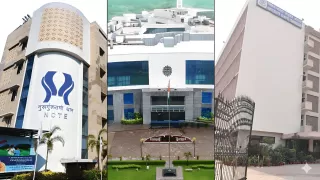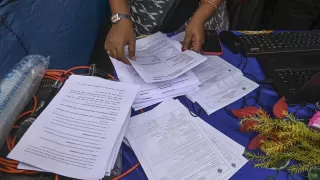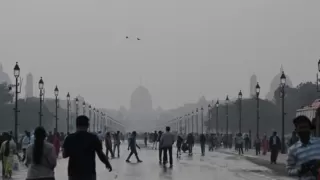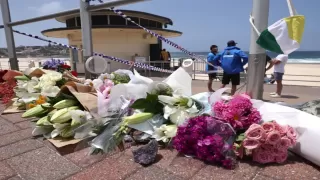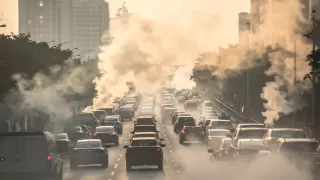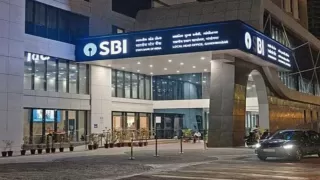A catastrophic blaze tore through a large residential estate in Hong Kong this week, leaving a devastated community grappling with loss, fear, and unanswered questions. Emergency services raced against time as flames and thick smoke spread across multiple towers in a densely populated complex. In the days that followed, rescue and recovery teams worked relentlessly to comb through apartments and stairwells, while families waited anxiously for news about loved ones who remained missing.
The scale of the tragedy quickly became clear as the death toll rose and hundreds were reported missing. Scenes of grief unfolded at makeshift family assistance centers where relatives and neighbours gathered to identify the deceased and search for any information about those still unaccounted for. Community volunteers and consular officials mobilised to assist survivors and families of foreign domestic workers and expatriate residents, underscoring the wide-reaching human impact of the disaster.
As fire crews and investigators stabilised the site, questions mounted over how the fire spread so rapidly through the estate and whether building materials, renovation practices, and safety regulations contributed to the catastrophe. Public anger and calls for accountability grew alongside demands for improved fire-safety laws, stricter enforcement of building codes, and clearer oversight of renovation projects using scaffolding and temporary sheeting.
The Fire and Immediate Response
The blaze ignited in the afternoon and quickly escalated, engulfing multiple towers within a tightly clustered housing estate. Smoke and flame found ready fuel in external scaffolding, protective mesh and other temporary coverings, enabling rapid vertical progression between floors. Firefighters arrived within minutes and launched a sustained operation that involved high-rise search-and-rescue tactics, ladder and aerial support, and coordinated interior searches of stairwells and apartment units.
Rescue teams focused on reaching calls for help that came in during the fire and on forcing entry into units where occupants had reported being trapped. The operation was complicated by narrow corridors, damaged internal access routes, and areas that remained dangerously unstable. Despite these obstacles, crews worked around the clock to locate survivors, recover the deceased, and secure the structure to prevent further collapse or reignition.
Human Cost and Community Impact
The human toll has been profound. Scores of families have been directly affected — some who lost multiple relatives, others left with members still unaccounted for. Entire households were displaced, temporarily housed in community centres and emergency shelters while volunteers supplied food, clothing, and emotional support. Local relief groups and charities mobilised resources to provide immediate assistance, coordinate missing-person reports, and help with basic needs for those who had lost everything in the blaze.
Foreign domestic workers and expatriate residents were among those impacted, prompting intervention from consular teams and migrant rights organisations. Many families faced the additional burden of navigating consular processes, language barriers, and the complexities of identifying and repatriating remains. The sense of communal grief was exacerbated by images of personal possessions and everyday items ruined by smoke and heat — reminders of the ordinary lives abruptly disrupted by the disaster.
Investigation and Accountability
Authorities launched an investigation to determine the fire’s origin and path of spread. Early attention focused on the surrounding renovation works, including bamboo scaffolding and mesh coverings that may have accelerated flame movement between towers. Investigators also examined internal fit-outs and materials such as temporary insulation and decorative elements that might have been flammable or non-compliant with safety guidance.
Arrests were reported in connection with the construction and renovation company operating at the site, as investigators sought to determine whether negligence, regulatory breaches, or deliberate misconduct played a role. Officials faced intense public scrutiny over regulatory gaps that allowed non-mandatory codes to be followed unevenly, prompting renewed calls to convert voluntary guidance into binding law and to strengthen penalties for unsafe practices.
Fire Safety, Building Codes and Regulatory Gaps
Experts emphasised that the incident exposed critical weaknesses in the building regulation framework, particularly around mandatory use of flame-retardant materials and the enforcement of fire-resistant installation standards. Where codes remained advisory rather than statutory, compliance could be inconsistent — a vulnerability that inspectors and safety practitioners warned could lead to catastrophic consequences in high-density, high-rise environments.
Advocates called for immediate policy reforms, including stricter material standards, mandatory inspections for renovation works, clearer requirements for temporary scaffolding coverings, and enhanced communication channels for residents to report safety concerns. Long-term solutions proposed included retrofitting older buildings with improved fire-stopping measures, improving escape route designs, and increasing public awareness of fire prevention and emergency procedures.
Search and Recovery: Challenges and Outcomes
Search and recovery teams faced the grim task of clearing multiple towers, forcing entry into sealed apartments, and documenting the scene for both humanitarian and investigatory purposes. Some apartments were described as having been cut off, with last messages from occupants indicating they were trapped in stairwells or unable to escape. Forensic teams worked to identify those recovered, while local authorities attempted to provide families with dignified processes for recognition and closure.
Although the official rescue phase wound down as operations shifted toward recovery and investigation, volunteers and community groups continued to serve as vital lifelines for survivors and bereaved families. Psychosocial support initiatives were established to address trauma, and temporary shelters remained in place to assist those displaced by the fire as officials arranged longer-term housing solutions.
Calls for Reform and Community Resilience
In the aftermath, voices across the city demanded concrete reforms to prevent a similar tragedy. Policy-makers, safety experts, and community leaders presented a range of recommendations aimed at tightening oversight, increasing accountability for construction and renovation work, and enshrining minimum safety standards that cannot be bypassed. There were also urgent appeals for improved emergency preparedness at the community level, including regular fire drills and clearer communication protocols for high-density housing.
At the same time, stories of neighbourly solidarity and civic response offered a counterpoint to the tragedy. Residents, volunteers, and local groups worked together to support displaced families, coordinate donations, and provide emotional consolation. These acts of compassion highlighted the resilience of a community seeking to heal and rebuild amid profound loss.
Looking Ahead
The full impact of the disaster will be measured over months and years, as families mourn, investigators complete their work, and regulators consider sweeping changes. The immediate priorities remain providing care for survivors, supporting bereaved families, and ensuring those still missing are accounted for. In the long term, the tragedy will likely shape policy discussions about fire safety and urban renewal, pushing authorities to adopt stricter standards and robust enforcement to protect residents in densely populated urban environments.
For now, the city confronts a painful chapter that has laid bare both vulnerabilities and strengths — a call to action for reform and a reminder of the need for collective vigilance to safeguard communities from preventable loss.
Also Read: Trump Declares Permanent Halt on All ‘3rd World’ Migration





